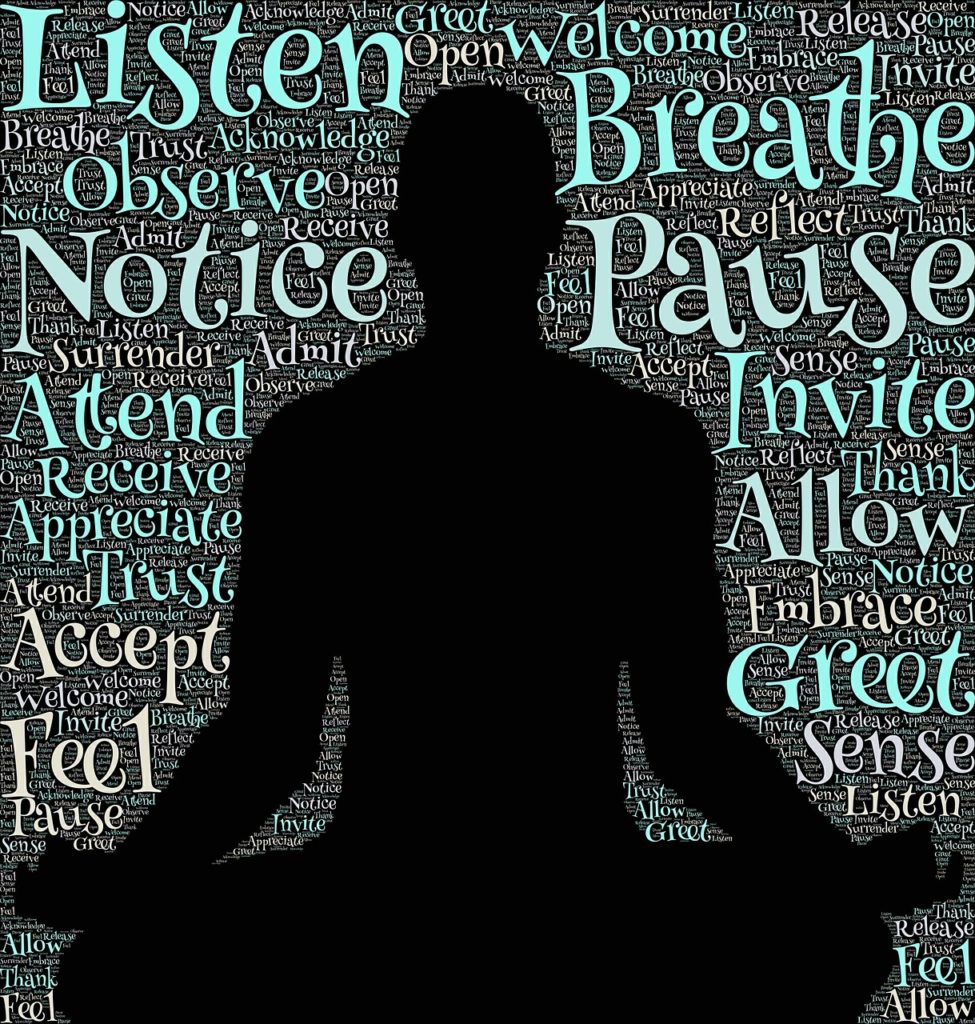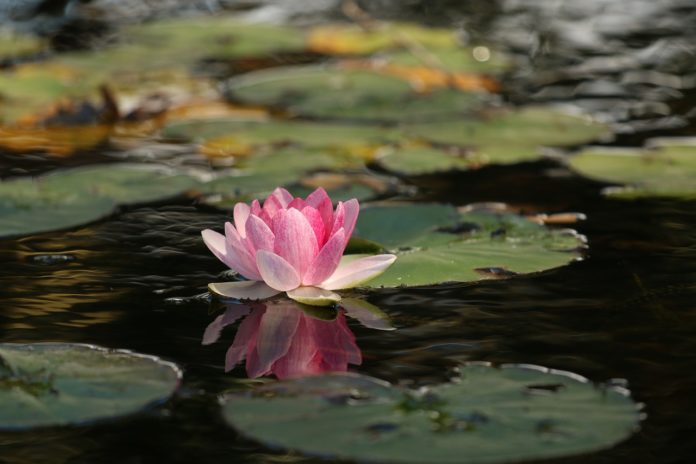Did you know that there are over 100 different types of meditation which can be practiced?
That is just one reason why a decision to start meditating can feel overwhelming. Every person has their own advice about what the best type of meditation is, who should practice it, and what the benefits could be.
If you’re thinking about adding meditation to your daily routine, then here are some common meditation types that will help you get this new habit started in no time at all.
Five Types of Meditation That You Can Practice
Give any of the meditation types below a try and see how you feel afterwards.
Option #1: Visualization Meditation

To influence the body, visualization through meditation can create an empowering outcome. Placing attention on a specific point or subject gives it power and strength. For many people who practice this form of meditation, they focus on their health.
You begin by visualizing your body in your mind. It is vibrant, energetic, and healthy. Then you begin to probe in your visualization to feel if something could be wrong. Are there aches or pains that are bothering you? Are you worried about a health condition that might be more serious?
Take some deep breaths as you enter into a meditative state. Bring the image into your mind until to feels real, as if you could touch it. Then begin the process of fixing the issue which concerns you.
Construct in your mind what your perfect outcome should be. Then visualize the elements of your health which worry you, transforming them into your definition of perfection.
Option #2: Loving-Kindness Meditation

This meditation is perfect for beginners because it can be done anywhere and at any time. It is designed to promote four specific qualities of love in your life: compassion, appreciation, friendliness, and equality.
When you practice this meditation type, you will begin by visualizing someone you care about. As their picture forms in your mind, you would wish them some type of loving or kind statement. “I wish you all the happiness in the world,” would be a good option.
“May you find peace and love,” is another common statement that is made. “May we all be happy together,” could be another option.
Repeat the phrase that you prefer for the person you have visualized at least 5 times. Do it more if you wish, or if time allows. Then allow their image to fade from your mind.
At this stage, you can go back to the routines of your day. You could also visualize someone else you care about to wish them love and kindness as well.
One step that is often overlooked with this meditation type is that love and kindness must be directed internally too. If you are unable to love yourself, for any reason, then it can be challenging to wish happiness or extend love to other people.
Make sure that you spend time wishing yourself peace, love, and kindness every day. Turn those statements inward. “May I find peace and love today,” or “May I find happiness with my family,” becomes a mission statement for your day that can turn into a self-fulfilling prophecy.
Option #3: Breath Awareness Meditation

This is the meditation type which is often seen in movies and on TV. You would find a comfortable position, close your eyes, and begin focusing on the simple inhalation and exhalation that happens when you breathe.
It is a good option for beginners to practice because it connects the mind to what the body is experiencing. It relieves stress because more oxygen comes into your bloodstream, which allows your body to begin controlling cortisol levels more effectively.
This is an excellent meditation type to practice first because there is no absolute right or wrong way to practice it. As long as you are comfortable in the position and environment you choose, then you can begin to meditate – even if other people would be uncomfortable in that environment.
There is also the benefit of simplicity with this form of meditation. Breath awareness begins with simple breathing. You can take deeper breaths or try new breathing strategies as you develop the habit of meditation.
The goal is to set about 20 minutes aside each day for breath awareness meditation. Any time you spend in meditation during the day is cumulative, however, so two 10-minute sessions are just as good as one 20-minute session.
Option #4: Mantra Meditation

If you are familiar with positive affirmations, then you already know the foundation of this ancient meditation practice. “Mantra” is a word which translates to “mind instrument.”
During this meditation, you are turning the power of your mind into a resource that your body is able to use.
When starting a meditation routine, it may be difficult to avoid distractions or stay focused on a singular image, thought, or breathing pattern. If that is an issue you face, then give this type a try. Should your thoughts begin to drift away from the mantra being spoken, just guide them back when you get the opportunity.
Some mantras are designed to provide specific results. Others are spoken as a way to boost self-esteem, promote confidence, or embrace feelings of joy and love.
Getting started with mantra meditation is easy. Choose a phrase that is uplifting to you personally, then repeat it at least 5 times. You can do this in your head as you’re working, say it verbally in your meditation space, or write down the mantra in your journal.
Then progress to another mantra, then another, until your meditation session is complete.
Creating progression within your mantras is beneficial. If you begin with, “I will be confident today,” then you might follow that up with, “I will be creative today.”
For a mantra that begins with, “I will love myself and others more today,” the following mantra might be, “I will embrace forgiveness today.”
Option #5: Guided Meditation

For those who struggle to meditate on their own, guided meditation serves as an excellent introduction to this practice. You can attend a class where an instructor guides you or use a recording to guide you in the comfort of your own home or office.
Unlike other forms of meditation, however, guided meditation does require 10 to 20 minutes to be effective.
You’ll find several themes of meditation are available with this option. You can find focus-based guides, love-based guides, and even wealth-based guides all offering meditation practices. That makes it a lot easier to find something which is personally satisfying, which then keeps you engaged with this new habit you’re attempting to form.
If you’re not sure about this meditation type, try a simple YouTube search for a guided meditation video. Then dedicate one full meditation session to the experience.
Meditation is a powerful resource that can be used to bring peace, calmness, and joy into your personal world. It is a proven combatant against stress, and it promotes enhanced well-being when practiced regularly.
It only takes about 4 days for the benefits of meditation to begin making themselves known. Use this guide to establish the habit, then allow yourself the opportunity to continue growing.
Namaste.




